The slow train to the sea
The cities of Dar es Salaam, Tanzania, and Kapiri Mposhi, Zambia, are connected by one of Africa’s most iconic railways: Tazara.
Simon Mkina in Tunduma
The cities of Dar es Salaam, Tanzania, and Kapiri Mposhi, Zambia, are connected by one of Africa’s most iconic railways: Tazara. The “Freedom Railway” became a symbol of African countries working across borders. Its tracks span nearly 1,900km with 274 bridges and 19 tunnels. Today, that journey takes place mostly on a bus. Now, a Chinese state-owned utility is proposing a 30-year lease to get the trains rolling again.
On the outskirts of Dar es Salaam, not far from the airport, is an international train station. It is from here that the Tazara Express – along with its passengers and cargo – is supposed to begin its days-long journey across the border to Zambia.
But, since June last year, “operational challenges” have caused the famous train journey that traverses the two countries to be suspended. Instead, in the scorching midday heat, Zambia-bound passengers gather at the ABC Bus Point in Manzese, waiting for a bus to take them on the 925km journey to Tunduma – the final Tanzanian town before the border.
As the passengers settle into their seats, the 18-hour journey begins. The bus driver navigates carefully through the chaos of Manzese, dodging reckless motorcycles, bicycles, and impatient vehicles. It’s a dangerous ballet through one of Dar’s most congested areas.
Once free from the city’s traffic, the highway stretches into the Morogoro Region. There, massive cargo trucks dominate the road. Laden with goods headed for Zambia, Malawi, the Democratic Republic of Congo, and Zimbabwe, they are in no particular hurry.
The sheer volume of trucks tells its own story: previously, many of these goods would have travelled this section by rail instead. But now all the cargo must go by truck, on roads that were not designed to handle heavy-duty loads.
“These trucks are destroying everything,” says Mussa Kiwanga, a household goods trader en route to Ndola, Zambia, while traversing a badly damaged section of the road in Songwe Region. “It all got worse after Tazara shut down.”
It also got more expensive – a sentiment echoed by dozens of traders en route.
As the bus continues into the Iringa Region, the narrow mountain passes slow its passage even more. At times, it feels more like a wedding procession than a highway journey. When the bus finally arrives in Tunduma just before dawn, the passengers are exhausted. Some struggle to walk, their feet swollen from hours of cramped travel.
Crossing into Zambia should be a routine formality. It is not. On the Tanzanian side of the border, a quick passport stamp clears The Continent for exit. But, at the Zambian immigration office, a forgotten yellow fever certificate leads to questioning – and a request for a $20 bribe.
The Tazara Railway still operates in Zambia from the border town of Nakonde to Kapiri Mposhi, which is 200km north of Lusaka. But services only run on Tuesdays and Fridays.
On other days, passengers – most of whom are small-scale traders – must get on another bus for the 17-hour and 1,020-km trip to Lusaka. The bus leaves 90 minutes late. At nightfall, it stops at Serenje for replenishment at the roadside bars and eateries, which specialise in ichimbombo – boiled chicken feet seasoned with salt, onion, and ginger.
It is only on the way back from Lusaka to Dar es Salaam that The Continent finally experiences the joys of train travel: after taking a bus from Lusaka to the New Kapiri Mposhi Station, the train departs at 2pm – only two hours late. There is no explanation for the delay. The journey itself, which is supposed to take 12 hours, takes 16 hours because the train breaks down near Chozi.
Inside the train, especially in the second and third class carriages, conditions are poor. There is no running water, no toilet paper, and not enough seating for passengers, who sprawl on floors, aisles and even restrooms. The air reeks of perspiration, food, and livestock – there are more than a few chickens and ducks tied under seats.
In the long grass
On the arduous journey to Lusaka and back, The Continent interviews 32 traders, all of whom once relied on the Tazara to transport their goods at a reasonable price. Their situations are not all identical, but one common message is clear: “Bring the trains back – now.”
“We can’t afford road transport,” one trader says. “Tazara was our only affordable option.”
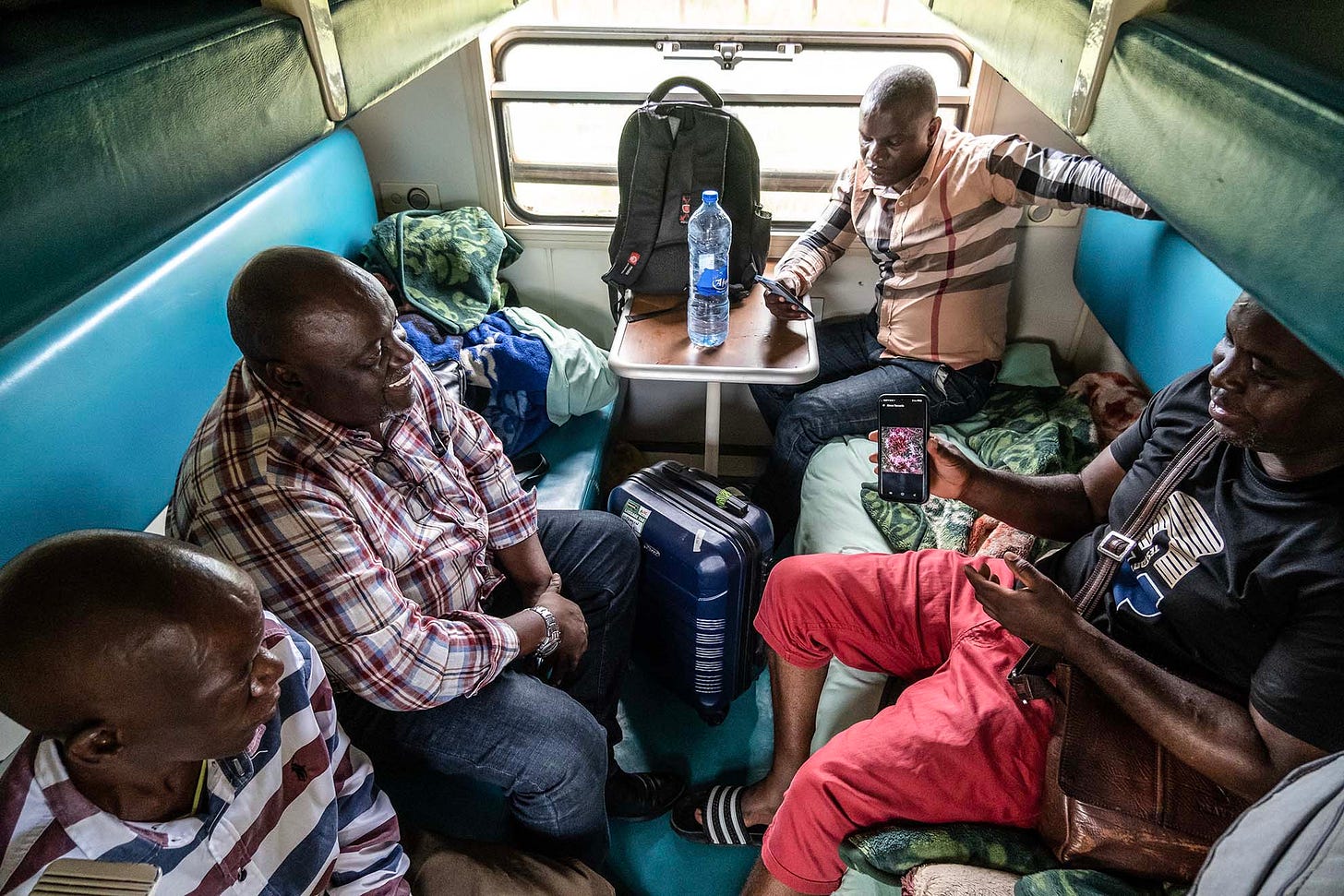
For the towns and villages along the route, the impact has been similarly disastrous. In Kapiri Moshi, some guesthouses and hotels have closed down, some with tall grass growing through cracks in the floor.
John Simbole, a trader from Chozi, was forced to close his cosmetics shop located near the railway station. He used the Tazara to bring in products from Lusaka and Dar es Salaam, and also to bring in new customers.
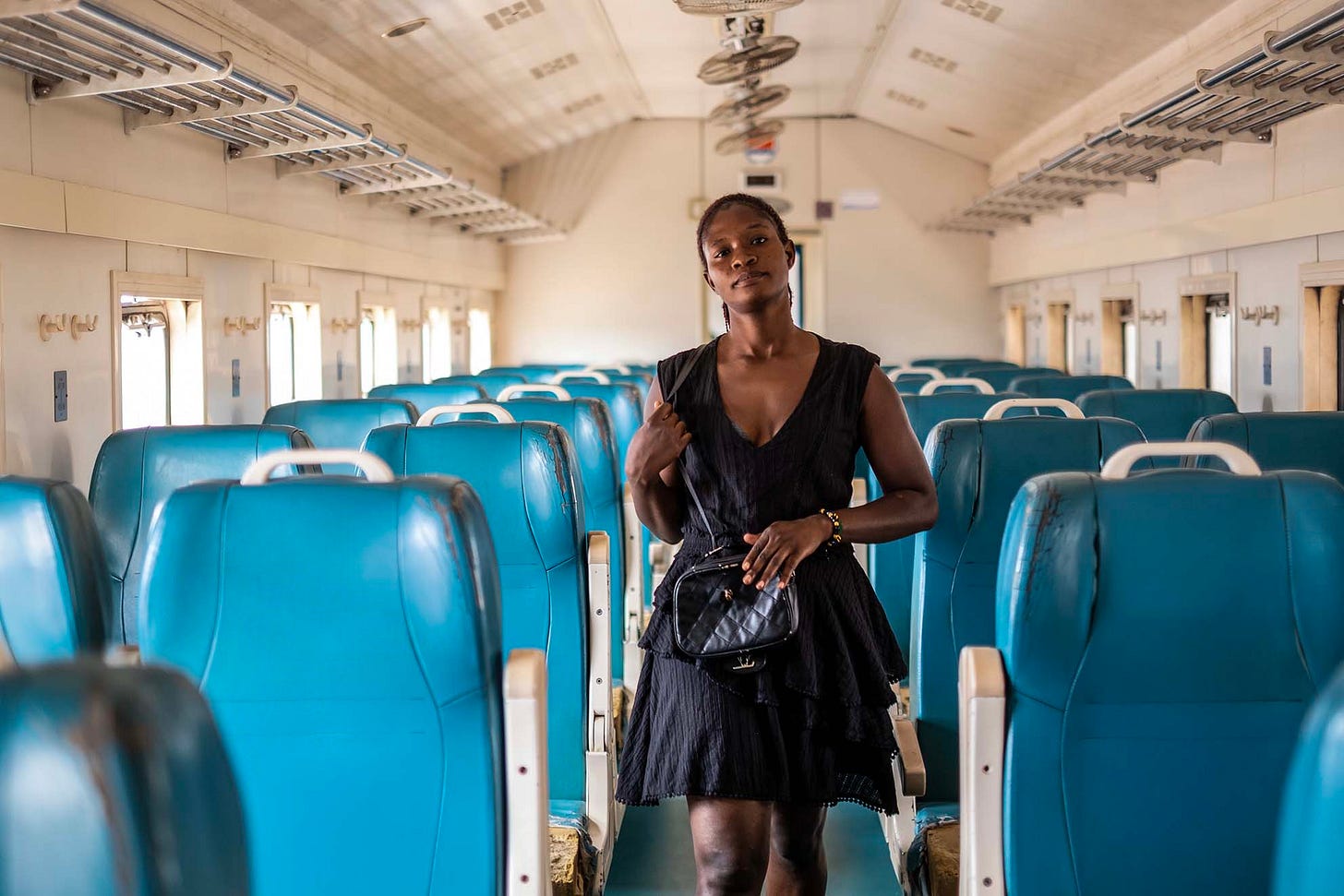
“You have to understand – without Tazara in our villages, there is no business. We are appealing to the government to ensure this vital railway line is revived,” Simbole says.
But the Tanzanian government has offered no timeline on when the rail service will resume.

Benson Magoha, Tazara’s senior passenger officer, confirms that the suspension began on 18 June, 2024.
Carefully choosing his words, he says the problem lies with ageing engines. “We’re working on it,” he assures us. “Operations will resume soon.”
Light at the end of the tunnel?
Built with a $412-million interest-free loan from China, the Tazara opened in 1976, linking Zambia’s copper mines to Dar es Salaam’s port — a 1,860km steel artery through 274 bridges and 19 tunnels. Since then, it has transported an estimated 55-million passengers.
Tazara gave the region an export route that did not run through the white supremacist regimes of South Africa and Rhodesia; it was dubbed the “Freedom Railway” – a symbol of pan-African unity. For China, the goal was to ship copper to fuel its booming industry, and cement ties with newly-independent African nations.
From 2001 to 2013, China poured another $110-million into reviving Tazara. In 2014, it offered $66.2-million more for engine repairs. Another $80-million was provided by the governments of Tanzania and Zambia in 2015, to cover unpaid wages and operational costs.
Despite all this, Tazara has failed to meet operational costs, let alone turn any kind of profit worth mentioning.
Now, China is stepping in again. Through its state-owned China Civil Engineering Construction Corporation, it is investing $1.4-billion to take full control of Tazara operations – for the next 30 years.
Tazara’s CEO, Bruno Ching’adu, says the deal includes 32 new locomotives and 762 freight wagons. The first three years will focus on rehabilitation. For the 27 years after that, the train will be under full Chinese management – from maintenance to revenue collection.
This is not the future once envisaged for the railway line, which was meant to be a symbol of African self-sufficiency. But if the trains run efficiently, the cross-border traders who rely so heavily on its operations probably won’t mind.

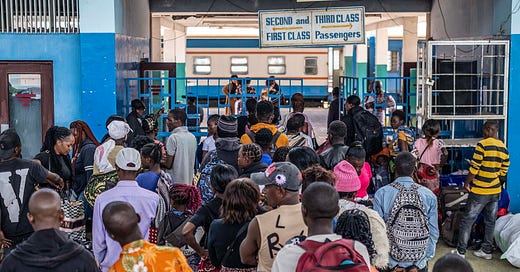



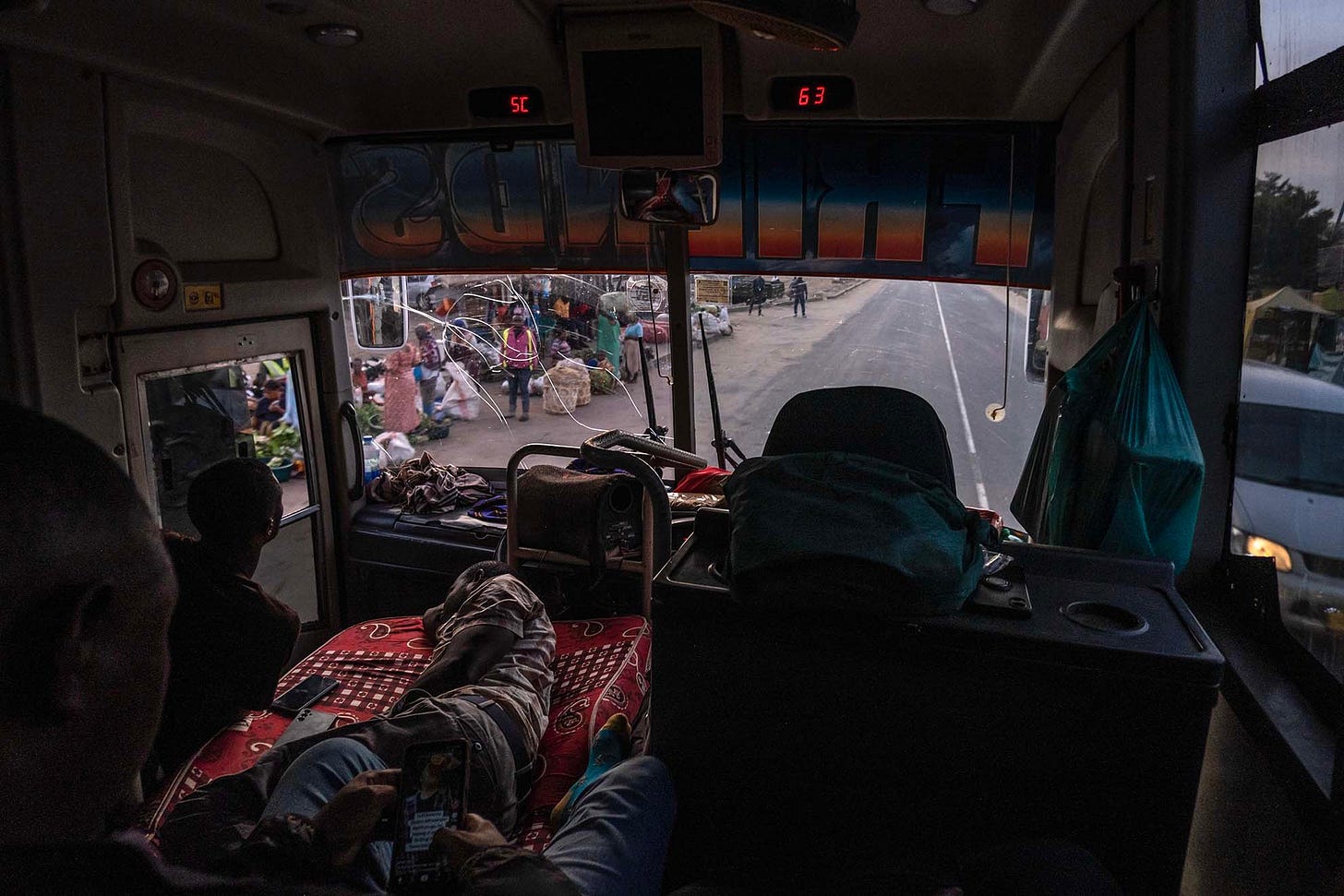
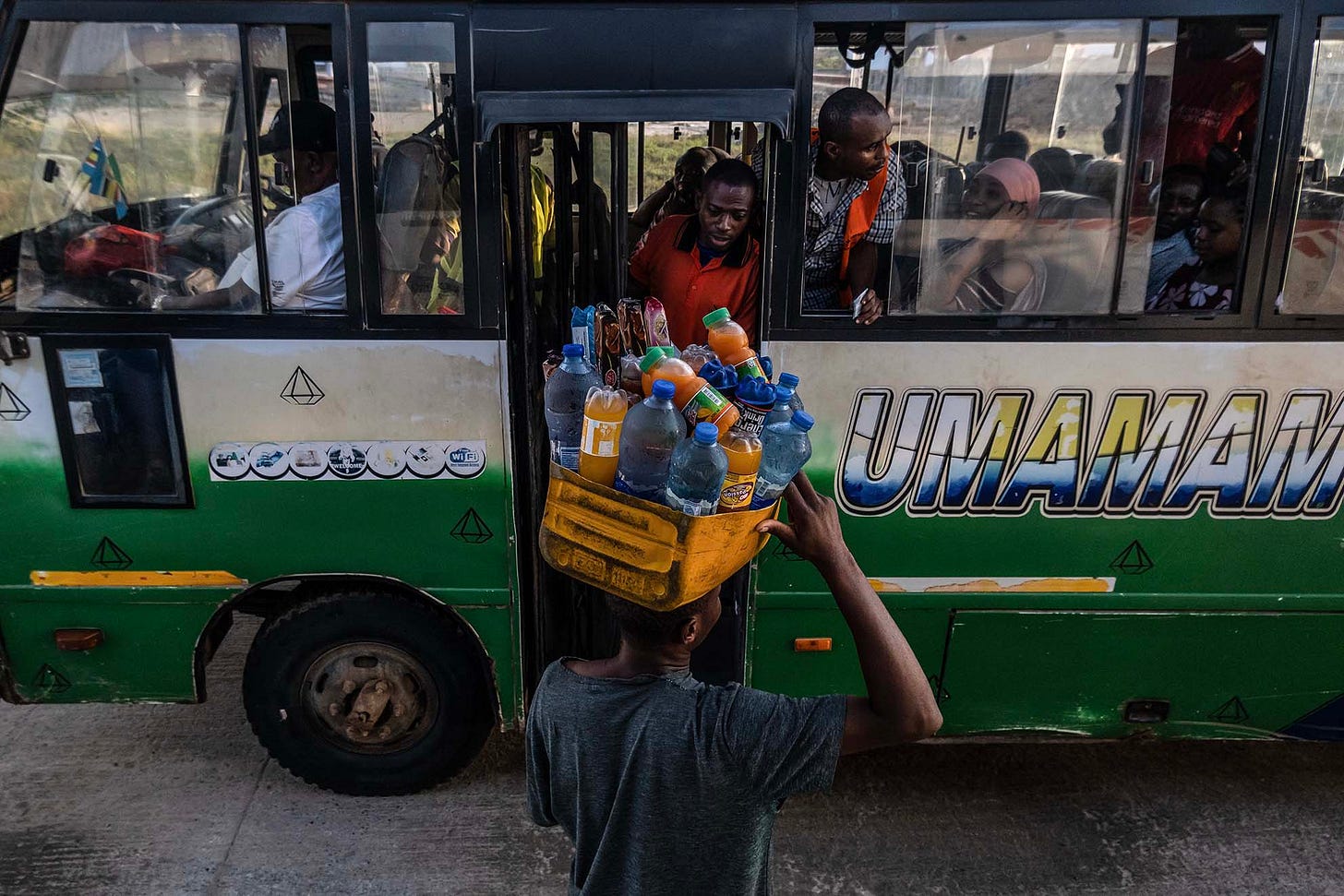
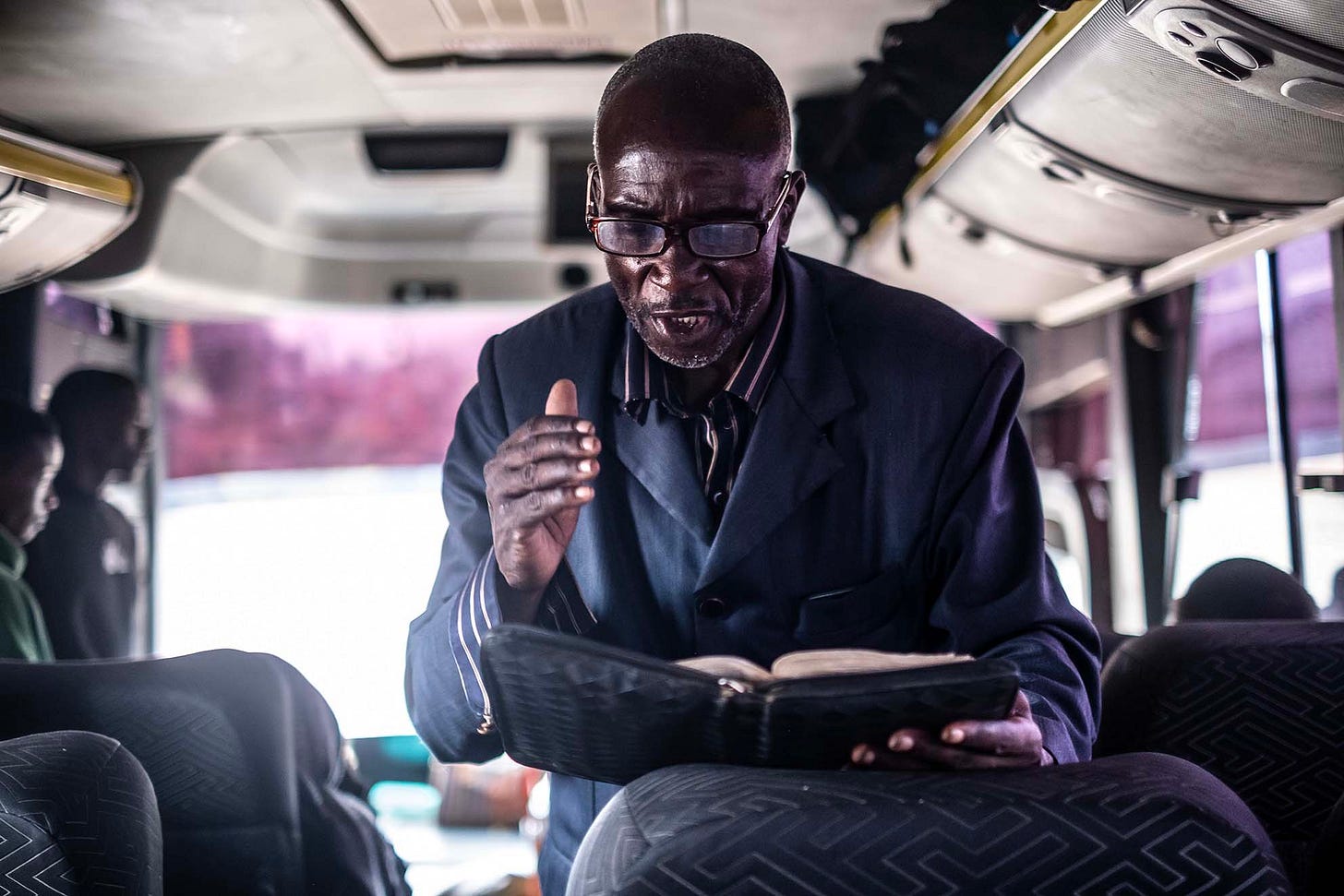

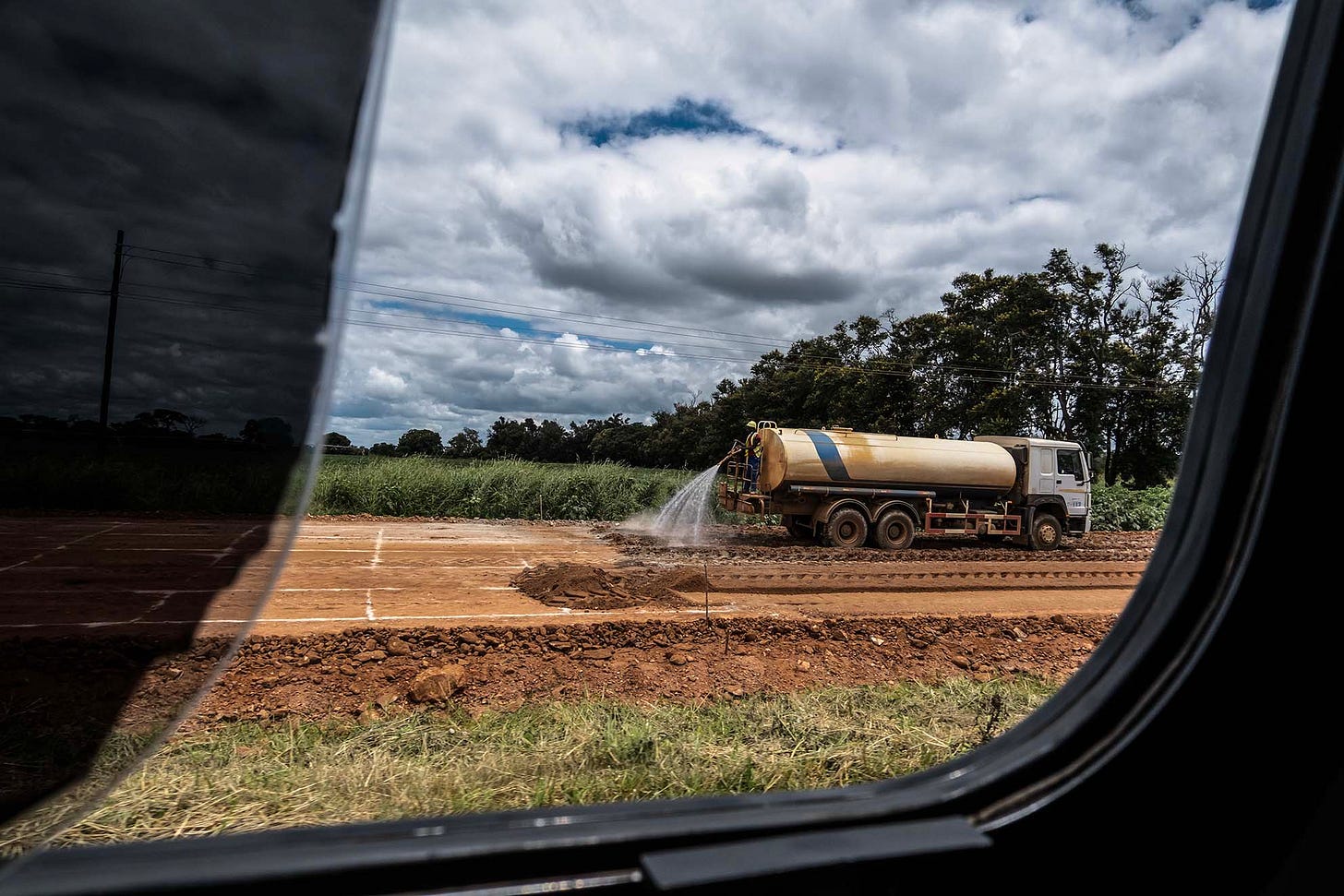
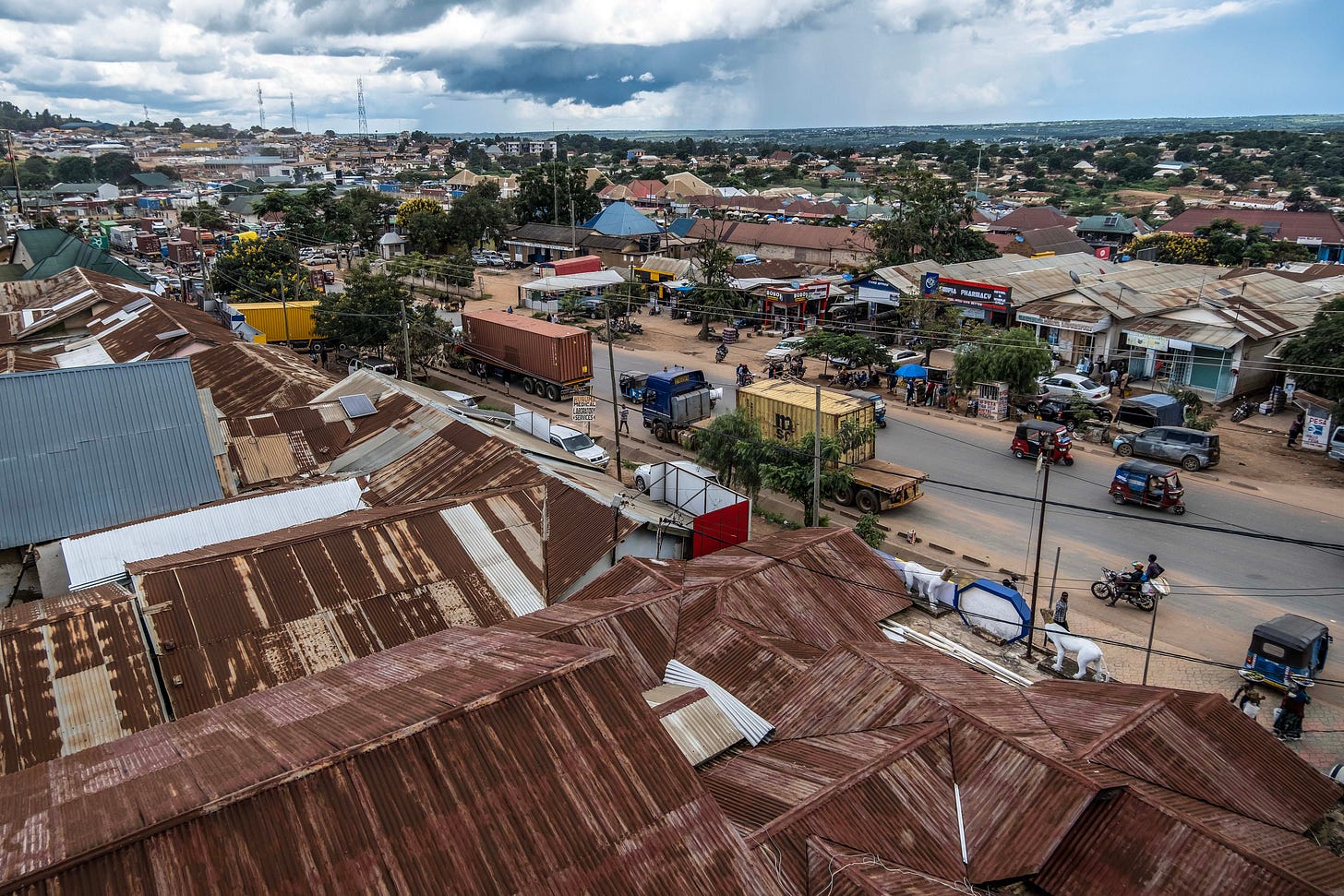
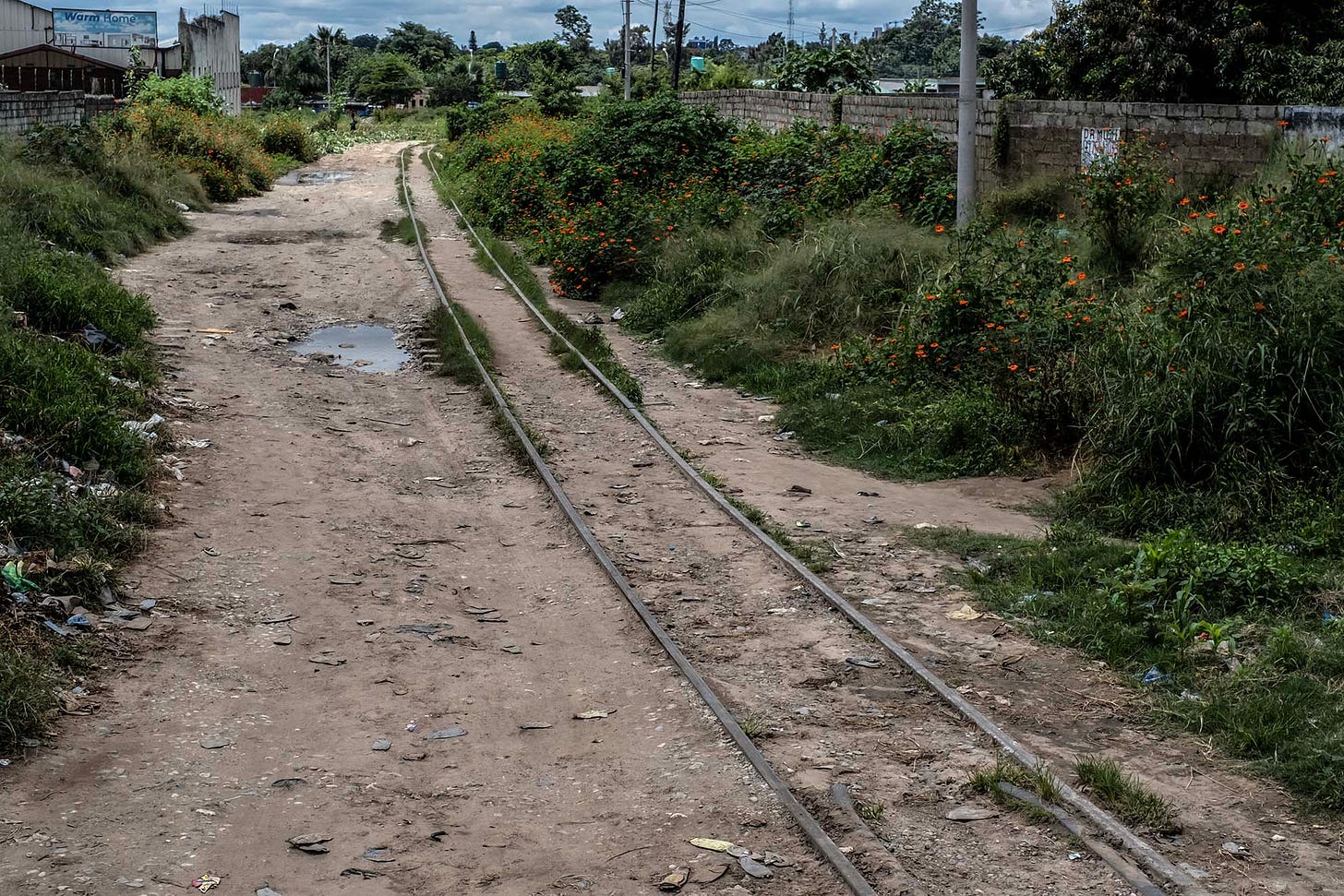
Thank you for this. I had planned my road trip from South Africa to Nairobi through the Tazara..now I will have to wait until it is operational again